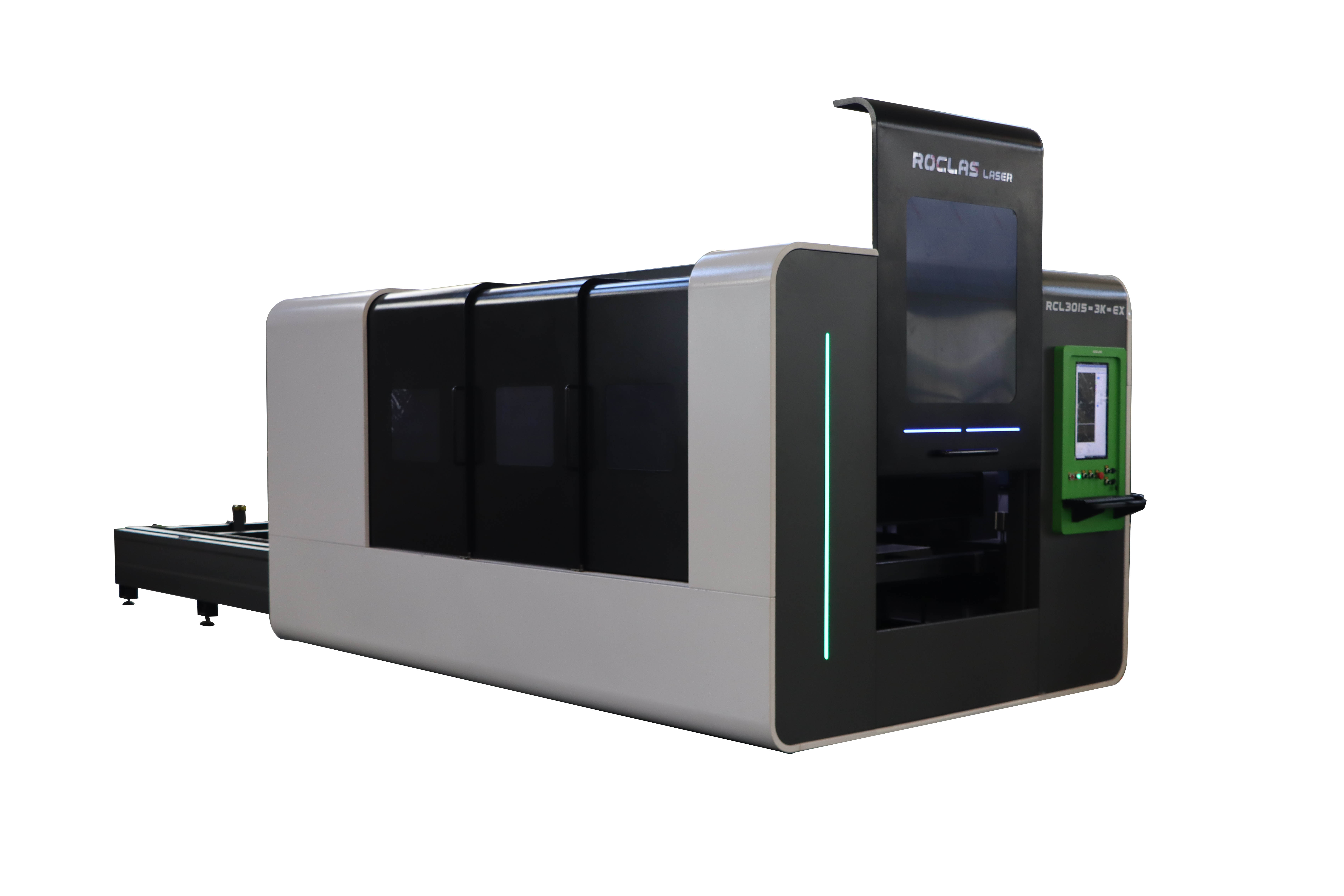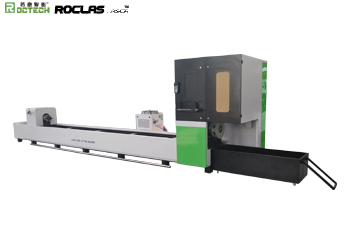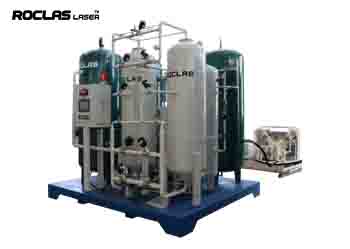Les machines de découpe laser sont devenues un outil indispensable dans toutes les industries, de la fabrication aux arts et métiers. Leur précision, leur vitesse et leur polyvalence en font le premier choix pour la découpe de divers matériaux, notamment le métal, le bois, le plastique et bien plus encore. Cependant, l'un des facteurs les plus critiques que les entreprises et les particuliers considèrent avant d'investir dans une machine de découpe laser est le coût. Cet article examine en profondeur tous les aspects qui affectent le coût d'une machine de découpe laser pour vous aider à prendre une décision éclairée.
1. Type de machine de découpe laser
Le coût d'une machine de découpe laser dépend en grande partie de son type. Il existe principalement trois types de machines de découpe laser:
- Machines de coupe laser CO2: Ce sont les types les plus courants et polyvalents, adaptés à la coupe, la gravure et le marquage d'une variété de matériaux. Ils sont généralement plus abordables que d'autres types, mais peuvent avoir des coûts d'entretien plus élevés en raison du besoin de recharges régulières de gaz.

- machines de découpe laser à fibre: les lasers à fibre sont connus pour leur efficacité et leur précision, en particulier pour la découpe de métaux. Ils sont plus chers que les lasers au CO2, mais ils coûtent moins cher à utiliser et durent plus longtemps.
- machines de découpe laser Nd: YAG / ND: YVO4: Ce sont des machines spéciales pour des applications de haute précision telles que les industries médicale et aérospatiale. Ils sont le type le plus cher en raison de leur technologie de pointe et de leurs cas d'utilisation spécialisés.
2. Puissance et performance

La puissance du laser en watts est un facteur important dans la détermination du coût d'une machine de découpe laser. Les machines plus puissantes peuvent couper des matériaux plus épais et plus robustes, mais elles coûtent également plus cher. Par exemple, une machine de découpe laser CO2 de 100 W coûte environ 5 000 $, tandis qu’un modèle de 150 W peut coûter jusqu’à 10 000 $. Les lasers à fibre sont plus efficaces, à partir d'environ 20 000 $pour les machines de 1 kW et jusqu'à 100 000 $ou plus pour les modèles de qualité industrielle.
3. Taille de la machine et zone de travail

The size of the laser cutting machine and its work area also impact the cost. Larger machines with bigger work areas are more expensive because they require more materials and advanced engineering to ensure stability and precision. For example, a desktop laser cutter with a small work area might cost around $3,000, while a large-format industrial machine could cost $50,000 or more.
4. Brand and Manufacturer
The brand and manufacturer of the laser cutting machine play a crucial role in its cost. Well-known brands with a reputation for quality and reliability, such as Trumpf, Amada, and Bystronic, often charge a premium for their machines. On the other hand, lesser-known brands or Chinese manufacturers may offer more affordable options, but the quality and after-sales support can vary significantly.
5. Additional Features and Accessories
Laser cutting machines come with a range of additional features and accessories that can influence the overall cost. Some of these include:
- Automatic Focus: This feature adjusts the laser focus automatically, ensuring consistent cutting quality. It adds to the cost but can significantly improve efficiency.
- Rotary Attachment: A rotary attachment allows for the cutting and engraving of cylindrical objects, such as bottles and tubes. This accessory can add several thousand dollars to the machine's price.
- Cooling System: High-powered lasers generate a lot of heat and require an efficient cooling system. Water-cooled systems are more expensive than air-cooled ones but are essential for maintaining the machine's performance and longevity.
- Software: The software that controls the laser cutter can also affect the cost. Advanced software with more features and better user interfaces tends to be more expensive but can enhance the machine's capabilities and ease of use.
6. Operating Costs
While the initial purchase price is a significant consideration, it's also essential to factor in the operating costs of a laser cutting machine. These include:
- Energy Consumption: Higher-powered machines consume more electricity, leading to higher energy bills. Fiber lasers are generally more energy-efficient than CO2 lasers, which can offset their higher initial cost over time.
- Maintenance: Regular maintenance is crucial for keeping a laser cutter in optimal condition. This includes replacing laser tubes, mirrors, lenses, and other consumables. CO2 lasers, in particular, require more frequent maintenance, which can add to the overall cost.
- Gas and Consumables: CO2 lasers require a constant supply of gas (usually CO2, nitrogen, or helium) to operate, which can be a recurring expense. Fiber lasers, on the other hand, do not require gas, reducing their operating costs.
7. Market Trends and Demand
The cost of laser cutting machines can also be influenced by market trends and demand. For example, the increasing adoption of automation and Industry 4.0 technologies has led to a surge in demand for advanced laser cutting machines, driving up prices. Conversely, economic downturns or increased competition among manufacturers can lead to lower prices.
8. Used vs. New Machines
Another factor to consider is whether to purchase a new or used laser cutting machine. Used machines can be significantly cheaper, but they may come with hidden costs, such as the need for repairs or upgrades. It's essential to thoroughly inspect a used machine and consider its remaining lifespan before making a purchase.
9. Financing and Leasing Options
For businesses that cannot afford the upfront cost of a laser cutting machine, financing and leasing options are available. These can spread the cost over several years, making it more manageable. However, it's important to consider the interest rates and terms of the financing agreement, as they can add to the overall cost.
10. Return on Investment (ROI)
Finally, when considering the cost of a laser cutting machine, it's crucial to evaluate the potential return on investment (ROI). A more expensive machine with higher capabilities may lead to increased productivity, reduced material waste, and the ability to take on more complex projects, ultimately generating more revenue. It's essential to weigh the initial cost against the potential long-term benefits.
Conclusion
The cost of a laser cutting machine is influenced by a multitude of factors, including the type of laser, power, size, brand, additional features, operating costs, market trends, and whether the machine is new or used. Understanding these factors can help you make an informed decision that aligns with your budget and business needs. While the initial investment may be significant, the precision, efficiency, and versatility of laser cutting machines can offer substantial long-term benefits, making them a valuable asset for any business involved in cutting and engraving.
Que vous ayez besoin de conseils généraux ou de soutien spécifique, nous serons heureux de vous aider.